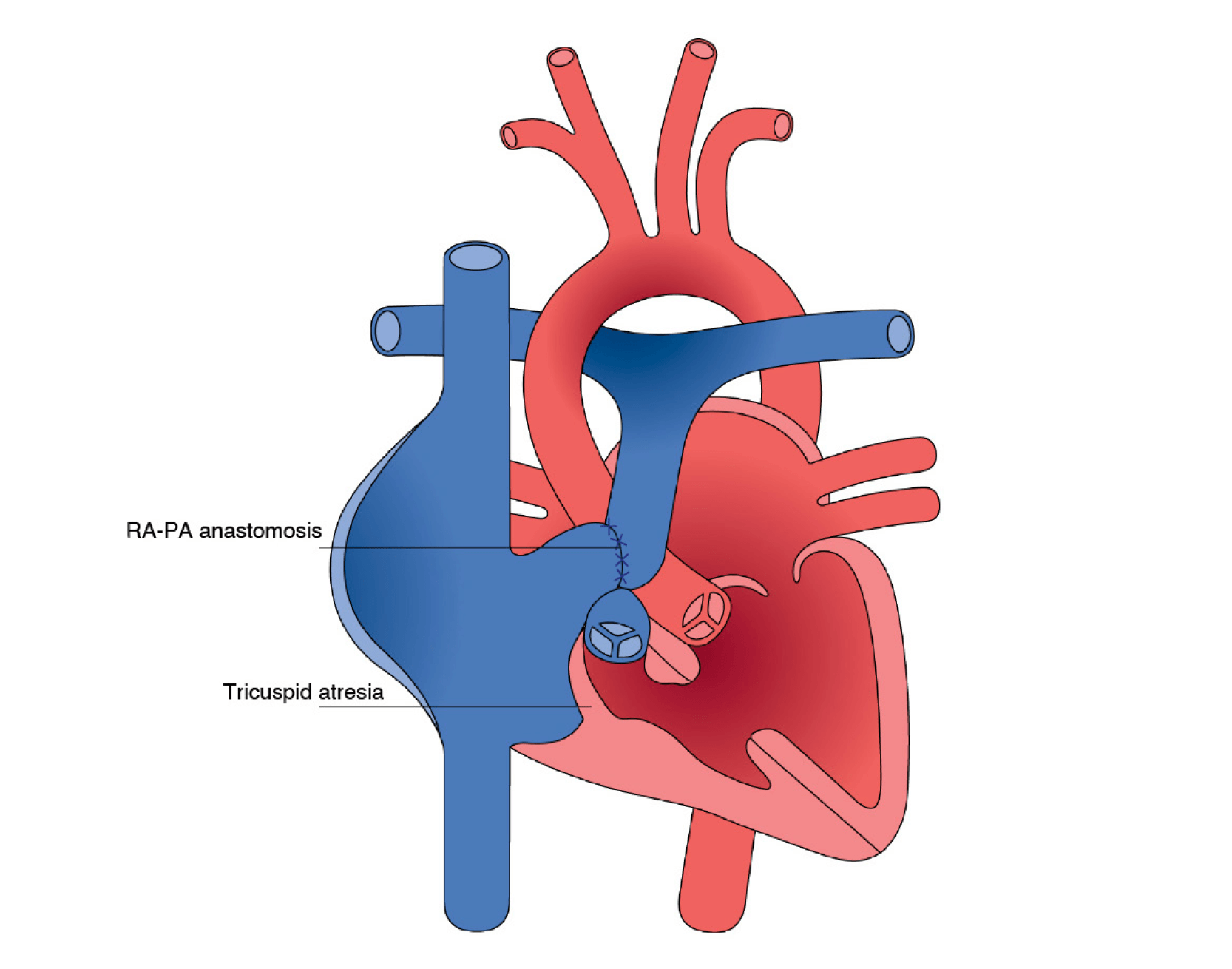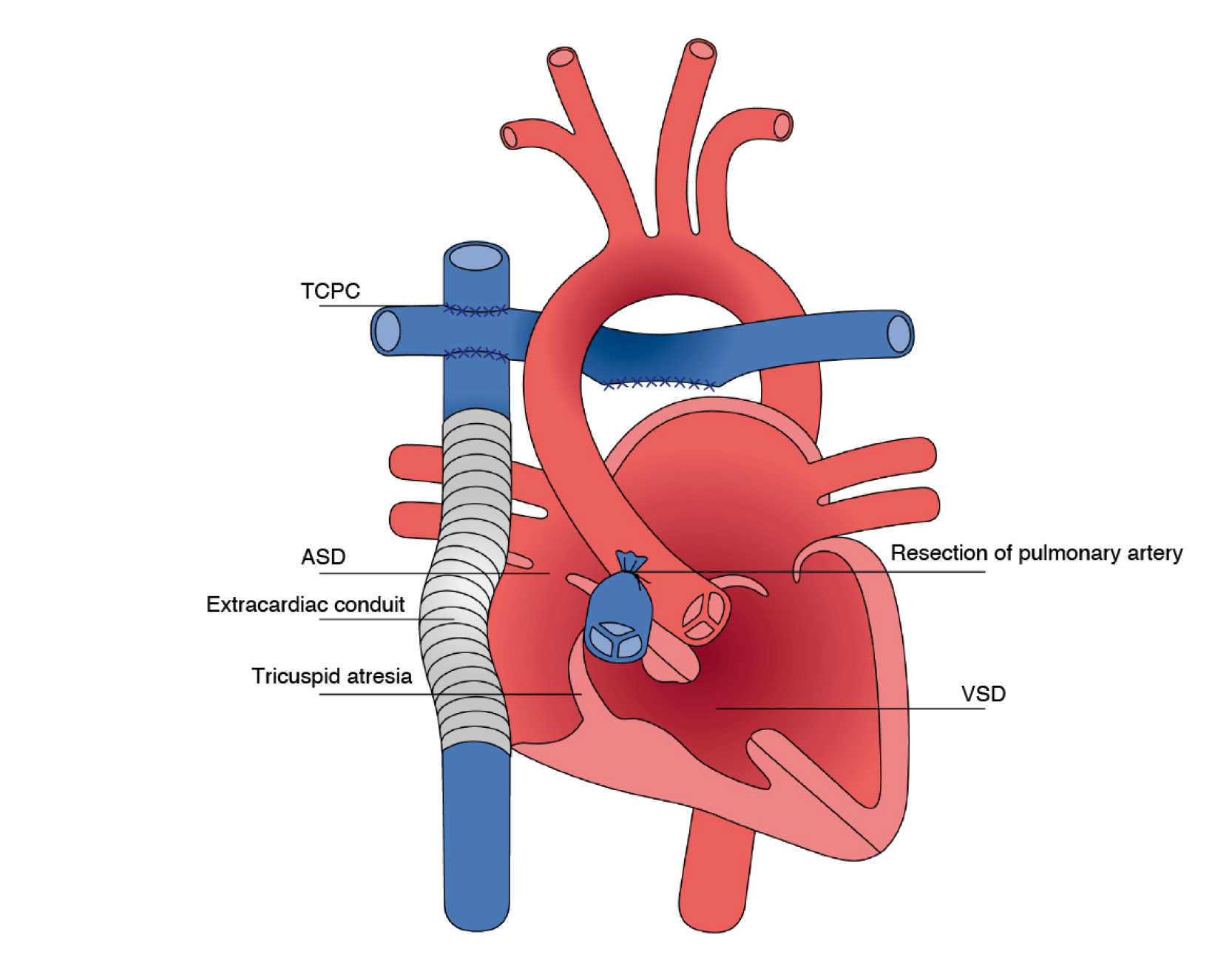Francis Fontan (1929 – 2018)
French cardiologist and cardiothoracic surgeon best known for developing the Fontan procedure, a form of cardiac surgery used to treat some forms of congenital heart disease.
Th Fontan Procedure
The Fontan procedure was initially described by Dr. Francois Marie Fontan in 1961. There have been different approaches to the Fontan Procedure that have evolved over time.
1
Atrio-pulmonary Connection
(AP Fontan)
This was the initial approach to managing the functional single ventricle. It is also called the “classical Fontan”, as it was the one originally described by Dr. Fontan. Read more
This was the initial approach to managing the functional single ventricle. It is also called the “classical Fontan”, as it was the one originally described by Dr. Fontan. This approach left the superior and inferior vena cava connected to the right atrium so that all blue/deoxygenated blood entered into the right atrium normally. However, the right atrium was isolated from the rest of the heart and an extension of the right atrium (right atrial appendage) was connected to the right pulmonary artery. In this way all the blue/deoxygenated blood was sent directly to the pulmonary circulation to be oxygenated without a heart pump doing the work. 

2
Lateral Tunnel Connection
(LT Fontan)
This approach to managing the functional single ventricle came about after years of observation of the atrio-pulmonary connection. Read more
This approach to managing the functional single ventricle came about after years of observation of the atrio-pulmonary connection. It was observed that the right atrium progressively dilated which became a problem as it created a stagnant space for blood to clot and embolize into the pulmonary circulation. The dilated right atrium also became a focus of arrhythmias that are not well tolerated with a Fontan circulation.
The revised approach included a Glenn shunt that diverted the superior vena cava blue/deoxygenated blood directly to the right pulmonary artery. This left the inferior vena cava connected to the right atrium and a tube was connected using the right atrial wall for half the tube and graft material for the other half of the tube. This tube was then connected to the underside of the right pulmonary artery. In this way, different from the atrio-pulmonary connection, all the superior and inferior vena cava blue/deoxygenated blood is sent to the pulmonary circulation. 

3
Extra-cardiac Conduit Connection
(EC Fontan)
This approach is similar to the lateral tunnel in that a Glenn shunt is constructed. However, instead of a tunnel within the right atrium Read more
This approach is similar to the lateral tunnel in that a Glenn shunt is constructed. However, instead of a tunnel within the right atrium, the inferior vena cava is disconnected from the right atrium and connected to an artificial tube that is connected to and directs blue/deoxygenated blood to the right pulmonary artery. This approach was created in an effort to streamline the blood flow into the right pulmonary artery. 


